Text
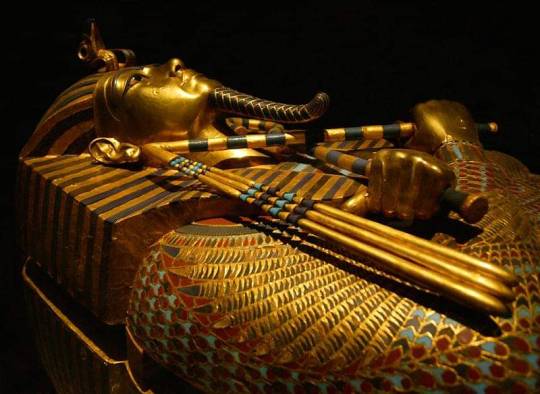
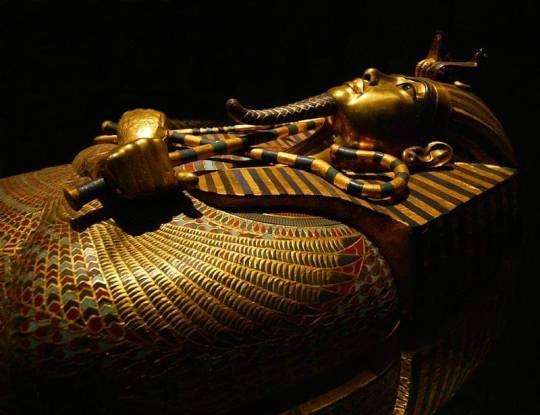
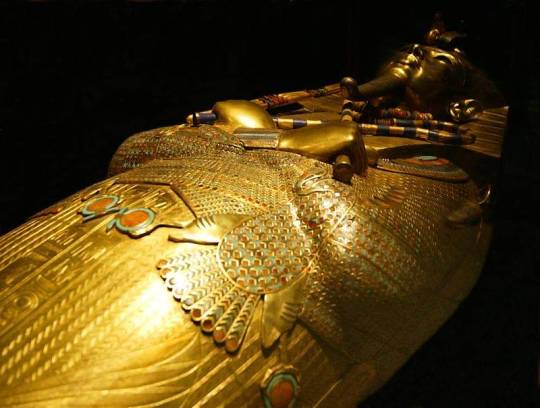
Tutankhamun's mummified body was found within three coffins or sarcophagi, each one within the next.
The largest is still in the original tomb in the Valley of the Kings along with his mummy, but the other two are here.
This is the middle coffin, made of wood covered with gold, semiprecious stones, glass and obsidian.
As with some of the statues in other rooms, here he's portrayed holding a flail in his right hand and a crook in his left hand.
The inner coffin is made of solid gold and weighs 110 kilograms (which at 2004 prices makes the gold by itself worth over one and a half million US dollars).
The room where all of these articles are kept are the fanciest in the museum, with modern cabinets, security systems, and lighting.
0 notes
Text
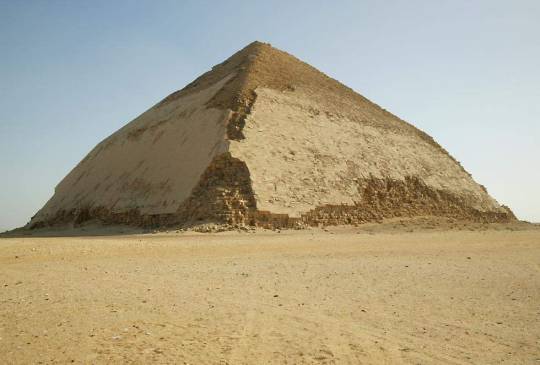

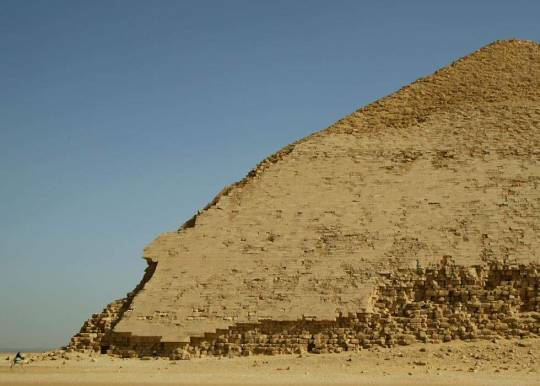
The Pyramid at Dahshur
Like everything else at Dahshur, the appearance of the Bent Pyramid is somewhat misleading. As you can see, much of the outer limestone covering is still intact, and yet this pyramid is older than the Black Pyramid, the Red Pyramid, or any of the pyramids at Giza, all of which have lost most of their outer layers to the ravages of time and pilfering by later generations of builders.
Both the Bent Pyramid and its close neighbor, the Red Pyramid, were built by the pharoah Sneferu, about 2,600 BC. His son Cheops went on to build the Great Pyramid at Giza. For such an early structure, the Bent Pyramid is massive, the same height as the Red Pyramid, which also makes it the third-highest in all of Egypt. The shape which gaves it its name is something of a mystery, the result perhaps of a design error or cost cutting.
0 notes
Text
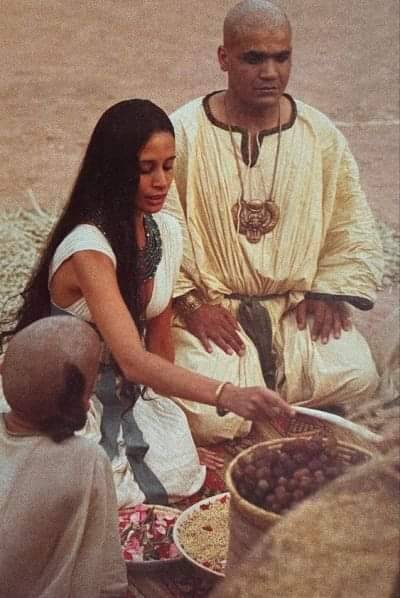
"Do not control your wife in her house, When you know she is efficient. Do not say, 'Where is it? Get it!' When she has put it in the right place." Instruction of the scribe Ani to his son, c. 1300 B.C.
0 notes
Text
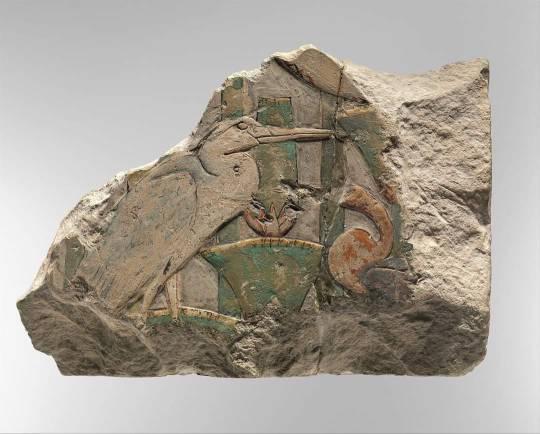
Relief Fragment with Two Birds in the Papyrus Thicket
Period: Middle Kingdom
Dynasty: Dynasty 12
Reign: reign of Senwosret I or Amenemhat II
Date: ca. 1925–1900 B.C.
Geography: From Egypt, Memphite Region, Lisht North, Cemetery, MMA excavations, 1906–07
Medium: Limestone, paint
This exquisitely carved and delicately painted relief shows a gray heron and another bird, possibly a purple heron, perched within a mass of papyrus plants. In the upper right, the curved form with painted X-marks likely represents a nest that contained either baby birds or a mother sitting on eggs, both of which are common vignettes in marsh scenes. Originally part of a larger tableau, the small fragment is jewel-like in its fine detail.
0 notes
Text
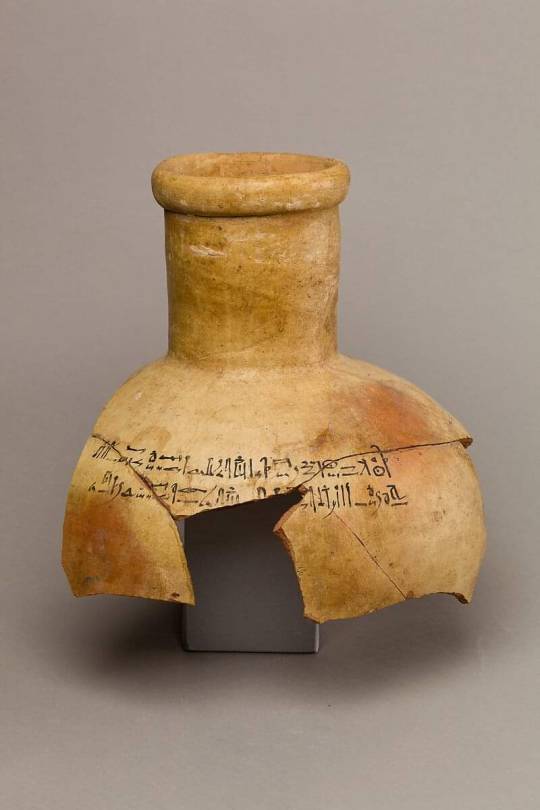
Hieratic Jar Label
Period: New Kingdom
Dynasty: Dynasty 18
Reign: reign of Amenhotep III
Date: ca. 1390–1353 B.C.
Geography: From Egypt, Upper Egypt, Thebes, Malqata, House 3 W, MMA excavations
Medium: Pottery
The Museum's Egyptian Expedition to Malkata (1910-1920) recovered some fourteen hundred hieratic jar labels from the palace complex of Amenhotep III. Written in black ink, the inscriptions identify the commodity inside the jar (wine, ale, fat, meat, etc.). The longer texts also provide the year, the source of the commodity, the occasion for which it was prepared, and the name and title of the official making the donation. Because these inscriptions are stereotyped, it is often possible to restore a complete label from a small fragment.
The inscription on this jar dates to year 38 in the reign of Amenhotep III. It contained fat prepared by a man named Iuamen and donated by the royal scribe Ahmose.
0 notes
Text
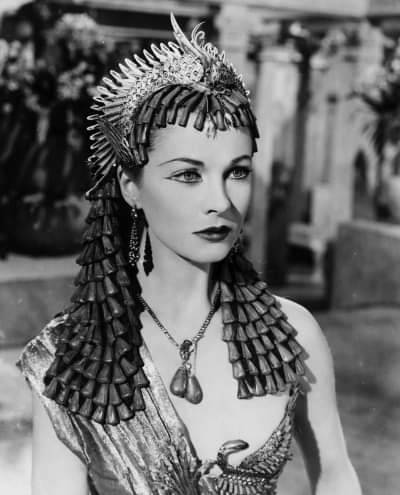
Beautiful Vivien Leigh as Cleopatra in Caesar and Cleopatra 1945 🧡
0 notes
Text
Delivering bread in Ancient Egypt. This tomb figure is carrying a tray of bread for the afterlife.
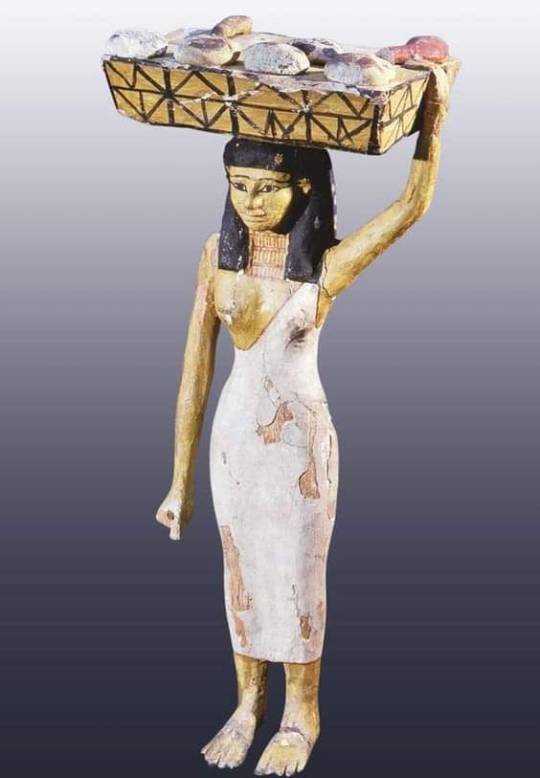
0 notes
Text
Model of a procession of offering bearers ("The Bersha Procession")
Among the more than one hundred wooden models found scattered throughout the tomb of Djehutynakht, the quality of this procession of offering bearers stands out from the others. The skill and delicacy with which it was carved and painted rank it among the finest wooden models ever found in Egypt. It shows a man and three women bringing offerings to sustain the ka of Djehutynakht in the afterlife. Each figure advances with the left leg forward, following the convention of larger scale Egyptian sculpture and relief.
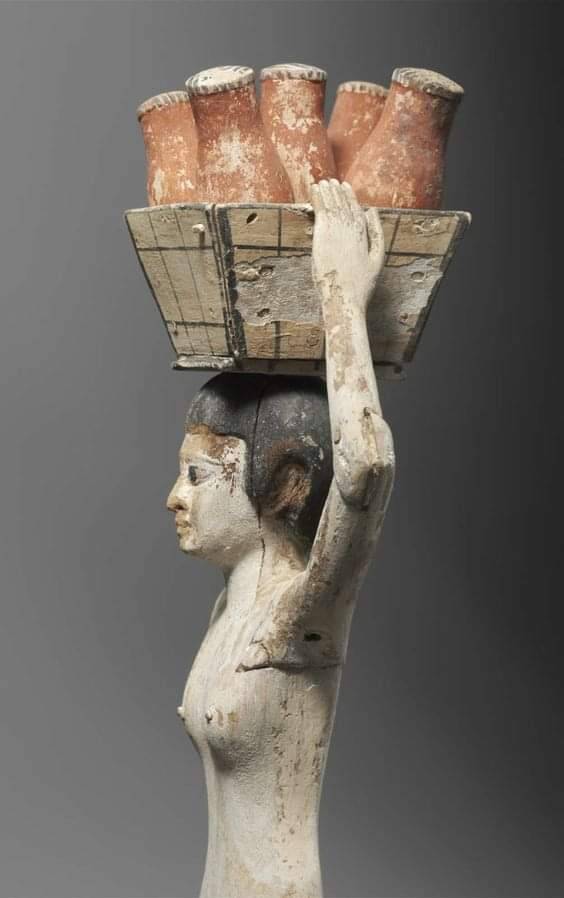
1 note
·
View note
Text
Ruins of Ramesses II Temple, Abydos
hieroglyphs and wall painting
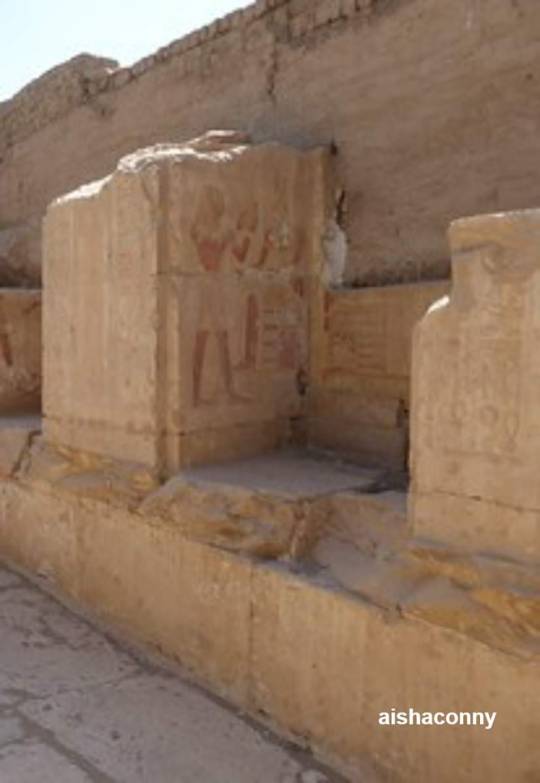
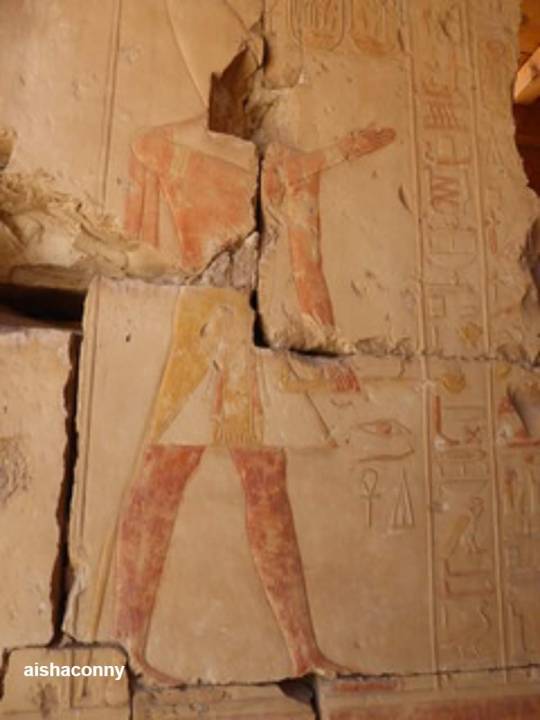
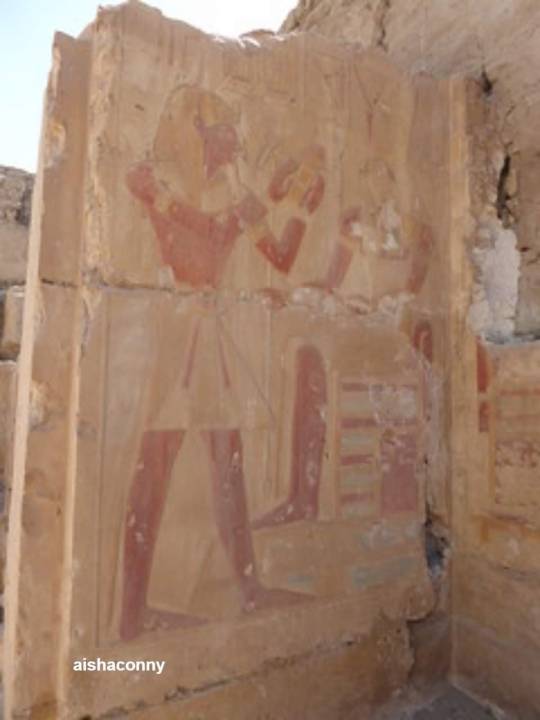
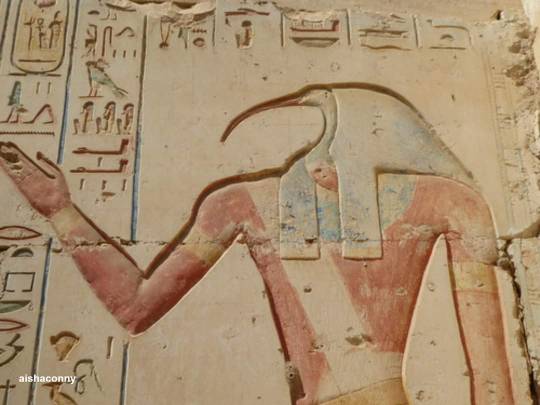
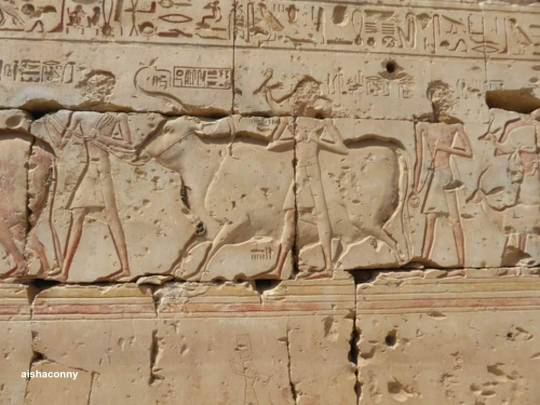
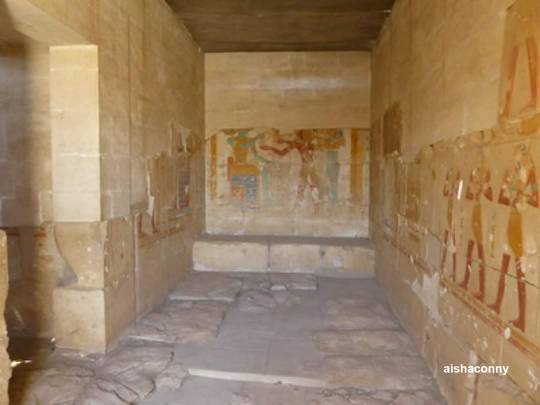
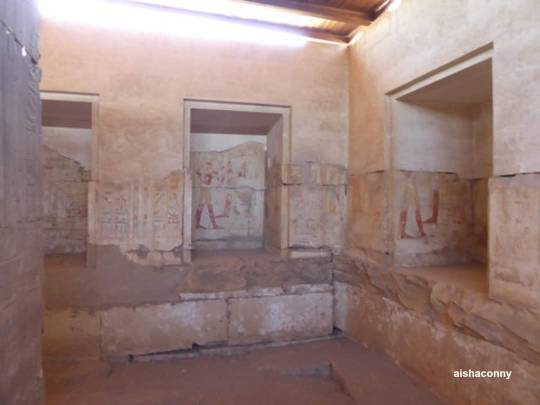
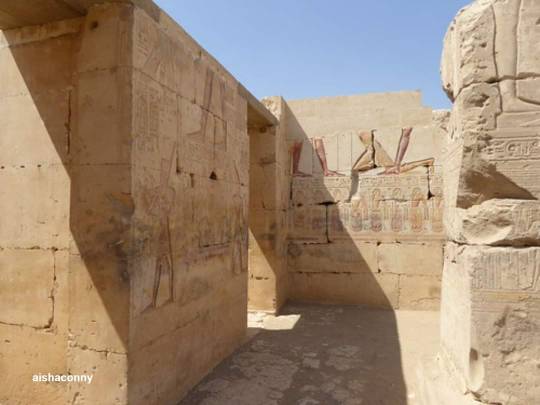
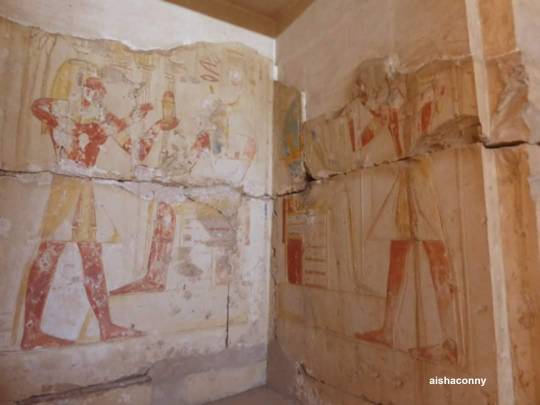
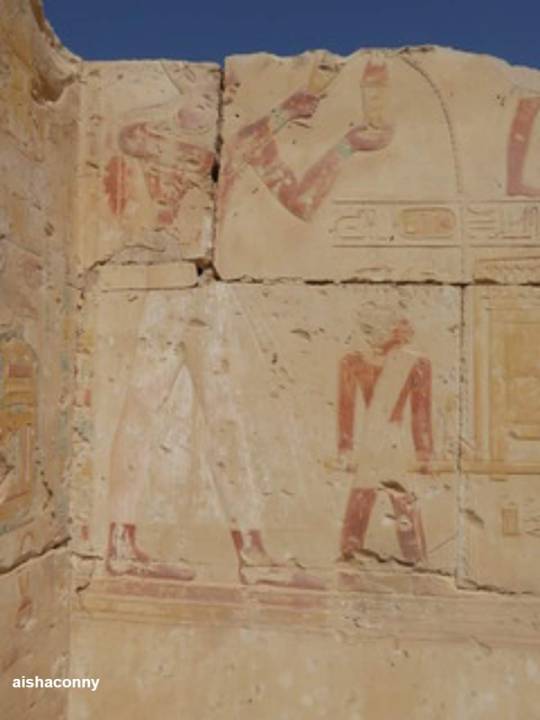
0 notes
Text
Happiness is NOW! It isn't tomorrow. It isn't yesterday. Happiness is like a morning glory: Yesterday's won't bloom again; tomorrow's hasn't opened yet. Only today's flower can be enjoyed today. Be happy this very moment, and you'll learn how to be happy always.
🌺🌺🌺🌺
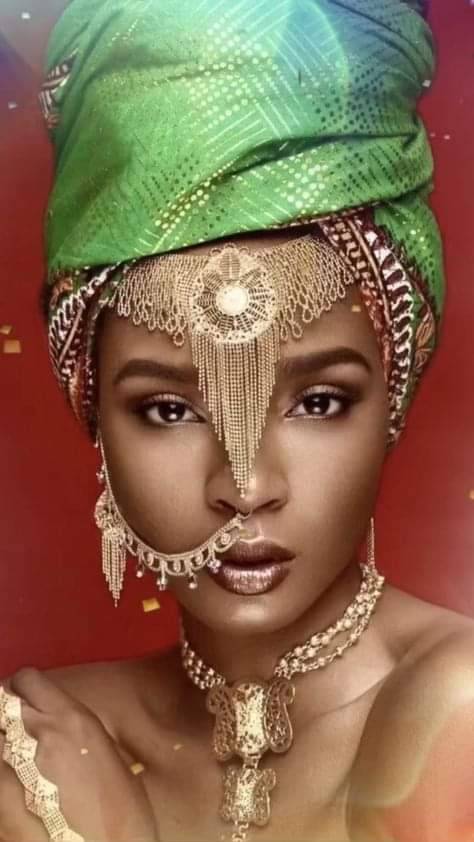

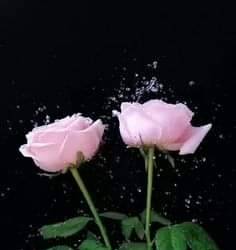
0 notes
Text
The night sky in Egypt is a swirling mass of stars so bright and numerous the sky seems tremble with the ice-blue weight of them.
ASYUT
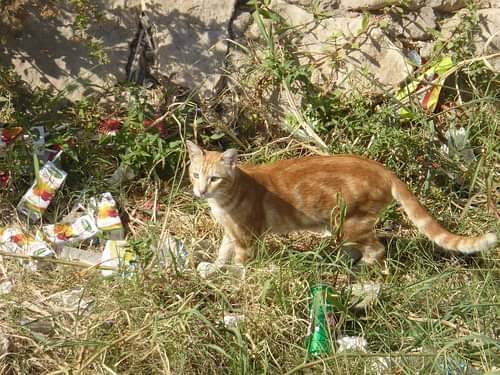
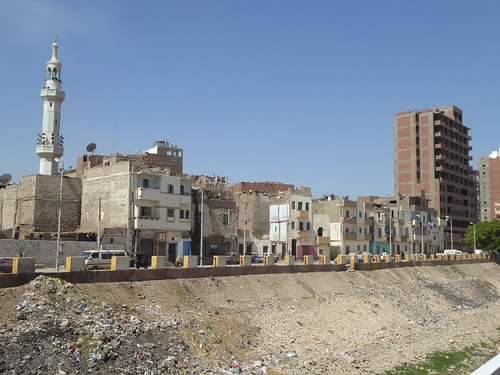
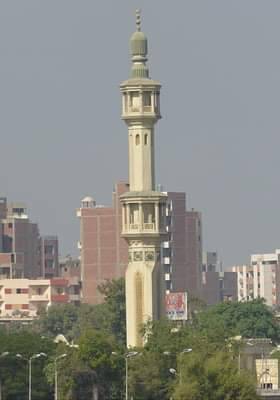
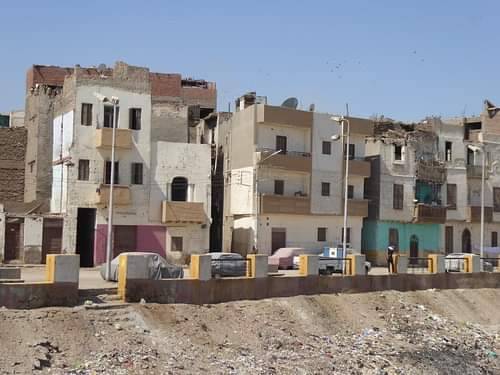
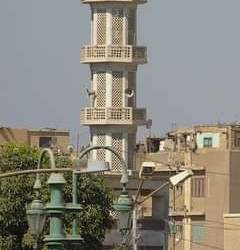
0 notes
Text
🌺TANIS🌺
☆Aprox 40 miles north of Cairo you can find the old city of Tanis, or Pi-Ramesse the northern city of the empire of Ramses II. ☆Discovered in the sixties by Pierre Montet who found the undisturbed tombs of faraos of the late period, Psusennes I, Osorkon II and Sheshonq III from the 21th and 22nd dynasty. ☆It was Ramses II who founded this new city, and most of the buildings were created from parts and statues taken from other areas. ☆After the collapse of the Egyptian empire in the 21st dynasty, it was Tanis which became the capital of the Northern part, while Thebes remained the residence for the south, so 4000 years after its unification the Two Lands separated again in the North and the South. Among the finds in the tombs were the beautiful Golden Mask of Psusennes I, which is now on display in the Cairo Museum. His third sarcophagus is made of solid silver and weighs almost a ton.
His remains and that of his wife Mutnetjmet are resting in the Cairo Museum.
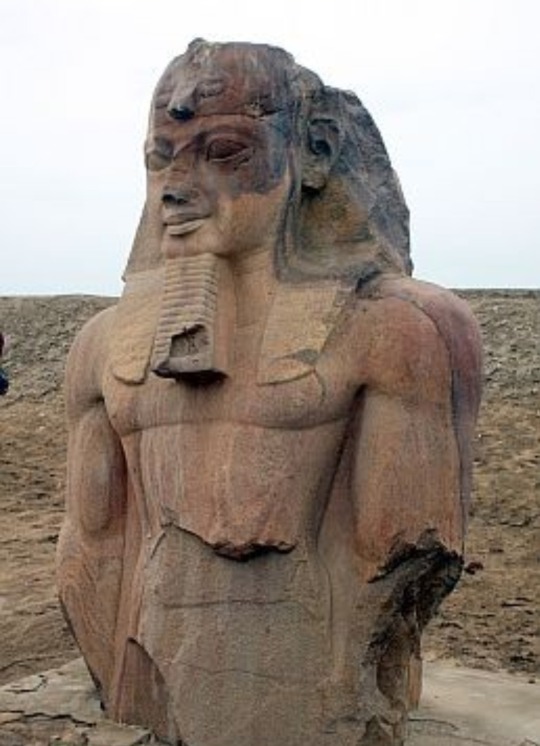
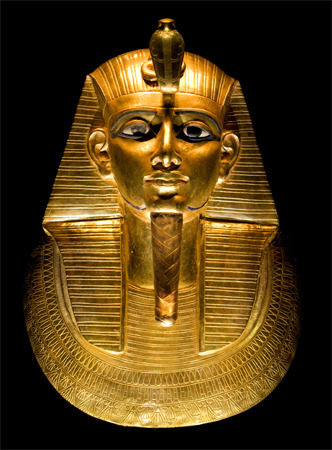
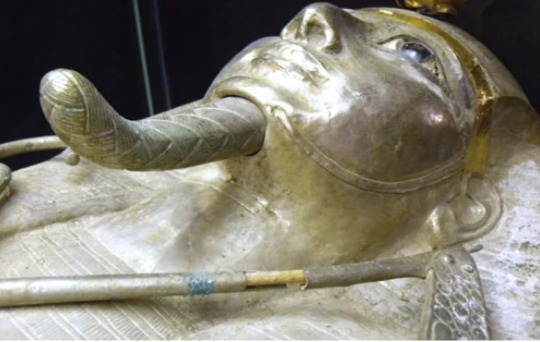
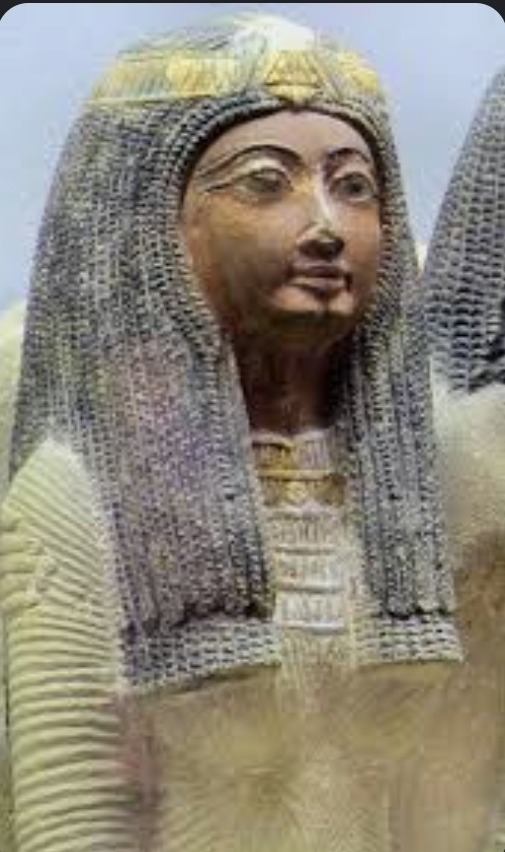
1 note
·
View note
Text
1 note
·
View note
Text
Gold statue of Netjer Ankh (living god) made of guilded wood found in one of the black shrines of the Tutankhamun burial, Ancient Egypt. Ancient Egyptian. New Kingdom 18th Dynasty c 1357 1349 BC.
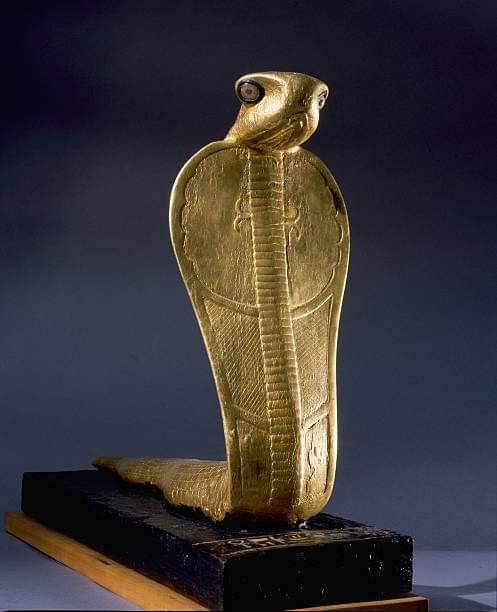
1 note
·
View note












